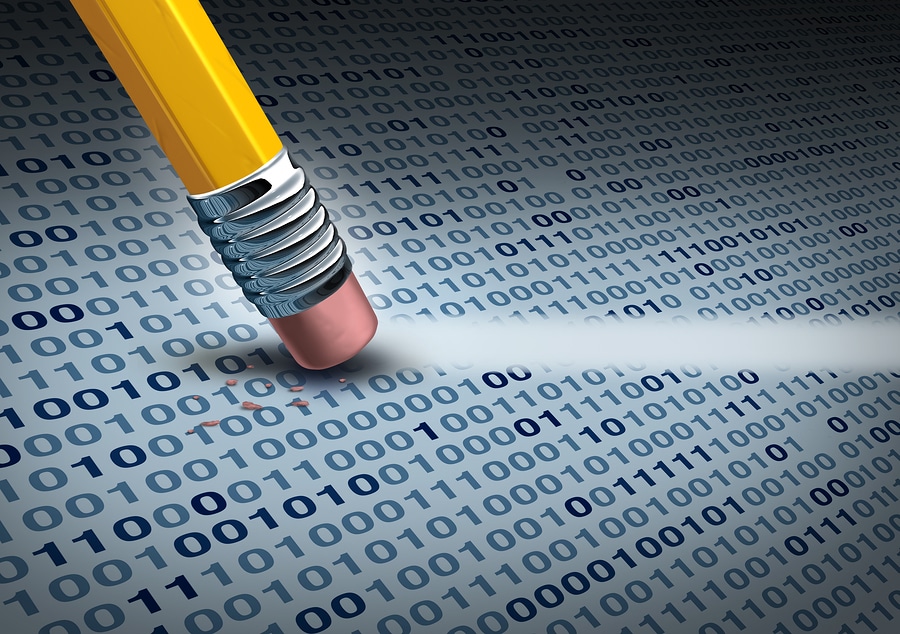What is the Disposal of an Asset?

We’ve all become used to high-level data breaches. Over the last few years, we’ve seen retail stores like Best Buy and Target succumb to data breaches that compromise sensitive consumer data, along with health insurance providers like Anthem, credit reporting services like Equifax, and even government agencies.
If you think that these breaches only affect mega corporations, think again. Just because you don’t see small and midsize businesses making headlines for data breaches doesn’t mean they don’t occur. In fact, this activity is much more common among smaller businesses that don’t have the same security resources larger corporations enjoy.
In other words, it’s imperative that you go out of your way to secure confidential consumer (and company) data. Further, you have to make sure that you keep data secure even after you no longer need it. If you don’t yet have an ITAD plan in place, or you don’t really know what asset disposal is, here are a few things you should be aware of.
What is ITAD?
ITAD stands for IT asset disposition, and it has to do with properly disposing of confidential data, as well as the equipment used to house this information. An ITAD plan is necessary for businesses that want to fully comply with applicable consumer privacy laws and related industry protections, as well as environmental safety concerns.
Considerations when Disposing of Assets
There is no single solution when it comes to creating an ITAD plan, although there are certain guidelines that can help. For example, you need to make sure you destroy data on hard drives before you dispose of them, and this could entail wiping and overwriting discs before shredding them, just for example. However, some companies may be required to shred hard drives while others have the option to refurbish and sell them. It may depend on your industry and the data you deal with.
The point is that there isn’t a one-size-fits-all solution. You have to make sure that you create and follow a plan that works for your business. This means learning which federal, state, and local privacy laws apply to you, as well as understanding whether or not you have to follow additional regulations spelled out in HIPAA, FACTA, or other legislation relating to specific industries or operations.
In addition, you need to make sure you are properly disposing of physical components. Computers and electronics may contain a number of toxic materials that will cause significant pollution and harm if they’re not recycled by qualified services. It’s usually best to partner with a company that specializes in data destruction if you want to avoid legal concerns with ITAD.
Hiring Professional Help
Coming up with your own ITAD plan and executing it is possible, but you’re better off partnering with a certified data destruction service that has the knowledge and experience to help you create the perfect plan for your business. When you team up with a reputable specialist like SEAM, you’re assured of compliance with all applicable laws, as well as full transparency and proof that your assets have been properly disposed of. Contact SEAM today at 605-274-SEAM (7326) to get started.
SEAM provides IT recycling and data destruction services including onsite shredding and hard drive wiping to South Dakota, North Dakota, Minnesota, Iowa, and Nebraska.
Schedule a pickup or contact us for more information.





